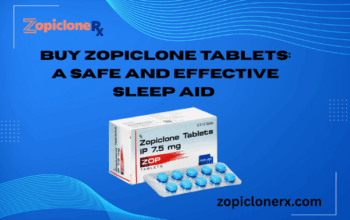The American University of Rheumatology meeting in Atlanta, Georgia, from November 7 to 11, 2010, made some small advances in understanding osteoarthritis. Osteoarthritis is characterized by the slow wear away of fibrocartilage, the gristle that crowns the end of long bones. Osteoarthritis most typically affects weight-bearing joints like the neck, back muscles, lower body, and hips. For more information, visit Scorthogroup site. The following are major highlights from these decades’ gatherings:
- The discovery of “SNPs,” or single nucleotide polymorphisms, may explain why some people get osteoarthritis more rapidly than others. Furthermore, to cartilage injuries, which are a known danger factor in the development of osteoarthritis, there seem to be a hereditary predisposition to the sickness. In the future, patients with a risk of developing arthritis may be identified and treated more aggressively.
- The FDA has approved Cymbalta, a drug previously approved by the FDA for treating severe depression, osteoarthritis, and diabetic neuropathic pain, for the treatment of acute and chronic joint inflammation, including osteoarthritis and recurrent severe back pain.
- Information about Naproxcinod, a new non-steroidal anti-inflammatory pill, was supplied. The first CINOD in development for osteoarthritis treatment is naproxen. It was shown to be comparable to naproxen in reducing hip osteoarthritis pain while having fewer side effects on high hypertension.
- Vitamin D, the well-known “new child,” has had its reputation tarnished. Vitamin D supplementation failed to help those with knee osteoarthritis overcome ache in one research presented at Tufts University.
- Using ultrasound to assist knee or hip injections for arthritis treatment resulted in a 42 percent decrease in pain, a two response rate to treatment, and a 15% decrease in cost to patients related to standard injections guided by “feel.”
- Pennsaid, the latest topical medication that combines diclofenac’s anti-inflammatory characteristics with DMSO’s penetrating ability, showed encouraging results in the treatment of knee osteoarthritis.
- In another study, Lidoderm patches outperformed placebo in reducing pain in knee osteoarthritis patients.
- Based on x-rays and reported symptoms, specialists from Rush Health School in Chicago analyzed the cases of 16 persons diagnosed with arthritis of the knees. According to specialists, special shoes can relieve knee stiffness and lower the progression of knee ache and osteoarthritis.
- Dutch researchers discovered that distraction of the knee resulted in cartilage regeneration, eased symptoms, and prevented the need for knee replacement.
Conclusion
Osteoarthritis is one of the most common kind of arthritis, affecting almost 10 million people in the USA and expected to grow more common as the Baby Boomer generation matures. Osteoarthritis treatment aims to reduce pain and enhance function. The final goal has always been to re-establish articular cartilage. Learn more about this therapy and its causes by going to Scorthogroup official site.




